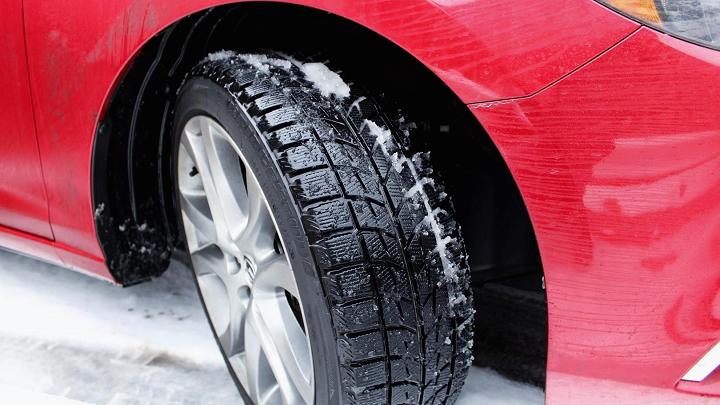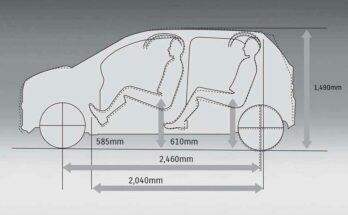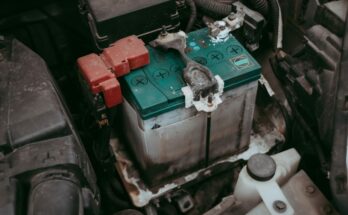Many people believe that it is important to warm up a car before driving off in the morning. But majority doesn’t know that this is a leftover practice from a time when carburetor engines dominated the roads.
Carburetors mix gasoline and air to make vaporized fuel to run an engine, but they don’t have sensors that tweak the amount of gasoline when it’s cold out. When the engine is cold, the combustion is uneven and poor. The carburetor chokes off some of the air to compensate and runs richer, but less efficiently. As things heat up, everything starts to improve, and once the car is warm enough, the fuel can properly vaporize, and the car starts to idle and run smoothly. As a result, you do need to let older cars warm up before driving.
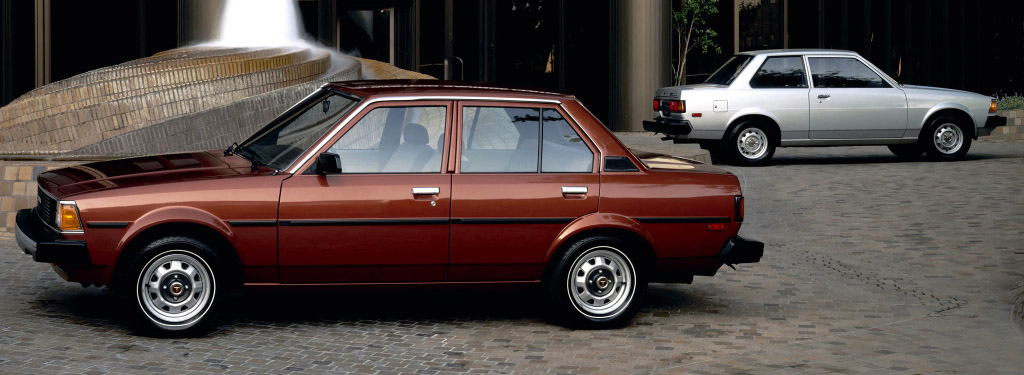
In modern vehicles with fuel injected engines you don’t need to follow this practices, as doing so you will only be wasting both your time as well as fuel. Because the electronic fuel injection systems are designed to provide a perfectly combustible mixture and normal throttle at all temperatures all the time. However on a new car, you would still likely want to wait 30 seconds or so for that cold, thick oil to work itself up from the oil pan, but generally speaking, you can just start up and drive off, and that the car will warm up quicker when driving.
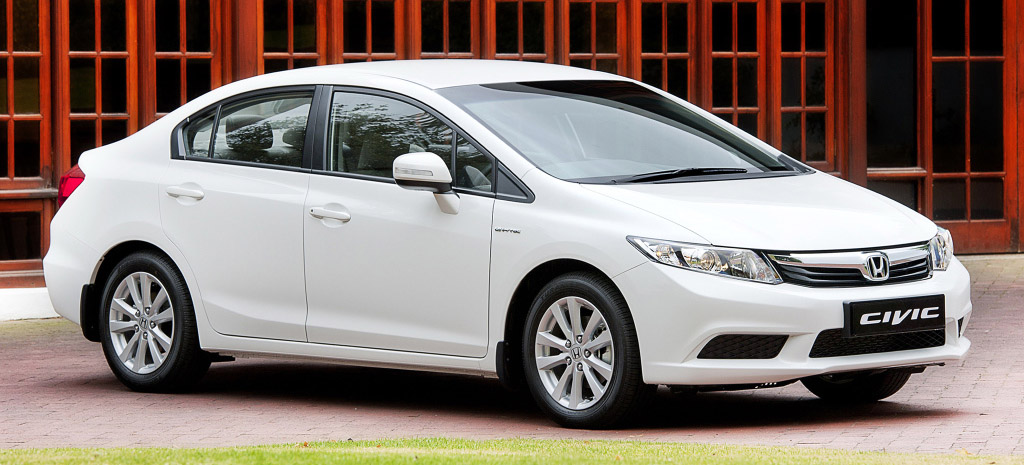
 The only time when it can be considered important to warm up your car for some time before driving is during extreme winters or snowy climates in which you may need heat inside the car to clear the windshields for visibility and safety. This is the only situation when the additional use of fuel and risk of lubricant contamination are worth it. Aside from that, you can just drive away and stop wasting your fuel.
The only time when it can be considered important to warm up your car for some time before driving is during extreme winters or snowy climates in which you may need heat inside the car to clear the windshields for visibility and safety. This is the only situation when the additional use of fuel and risk of lubricant contamination are worth it. Aside from that, you can just drive away and stop wasting your fuel.
Why do you need to warm up your car during extreme winters?
To get the juices flowing
The engine oil tends to settle at the bottom of the oil pan if the car has not been used for a while. And it will take a while before it can properly circulate again. The cold temperature makes the oil thick & viscous, which is why the car takes longer to start up. The oil is what reduces the rubbing of the metal against each other in the engine and that is why it is important for you to make sure that it is all well lubricated.
Thermal expansion
Metals just like other solids, expand when they get warmer that is why when designing engines, engineers take this also into consideration and allow some spacing to give room for changes in the size. This means that it is important for your engine to be at the correct operating temperature so that its bits and pieces will be in the right size to avoid friction and reduce the potential engine wear and tear.
Warm tires provide better traction
It’s not just your engines, your tires are dependent on temperature. Cold and hard tires are known to have weaker grips, so this is something you must also consider.
If it is really cold outside, you will only have to wait for about 15 to 30 seconds so as to make sure that the oil in the engine is flowing well, but you don’t necessarily have to wait until the engine is warm. If you drive the car lightly, it will just get warmer by itself faster.
Generally, warming up your car or vehicle before driving is a leftover practice from a long time ago when carbureted engines dominated the roads, however in Pakistan these engines remained in production for a long time in vehicles such as Cultus, Mehran, Cuore, Alto etc. If you drive a carbureted car you may still want to let the engine warm for a couple of minutes before you set off in the morning, otherwise you can just go ahead and get it moving!

A computer animation professional with over 23 years of industry experience having served in leading organizations, TV channels & production facilities in Pakistan. An avid car enthusiast and petrolhead with an affection to deliver quality content to help shape opinions. Formerly written for PakWheels as well as major publications including Dawn. Founder of CarSpiritPK.com

